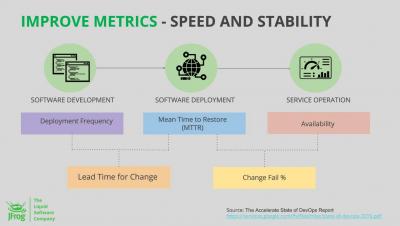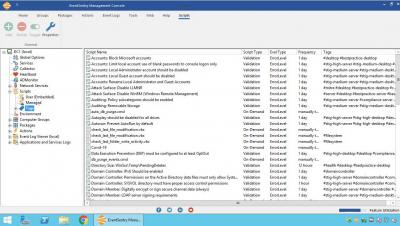5 Tips for Training Non-IT Employees on Cybersecurity
In June, one research study found that the pandemic caused just over 40% of the entire US workforce to work from home full-time. Many businesses made the quick decision to allow employees to work remotely, scrambling to provide IT resources and remote-work tools on the fly. Now, many enterprises are doubling down and allowing employees to work from home for the foreseeable future.











